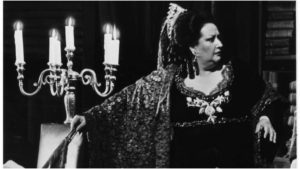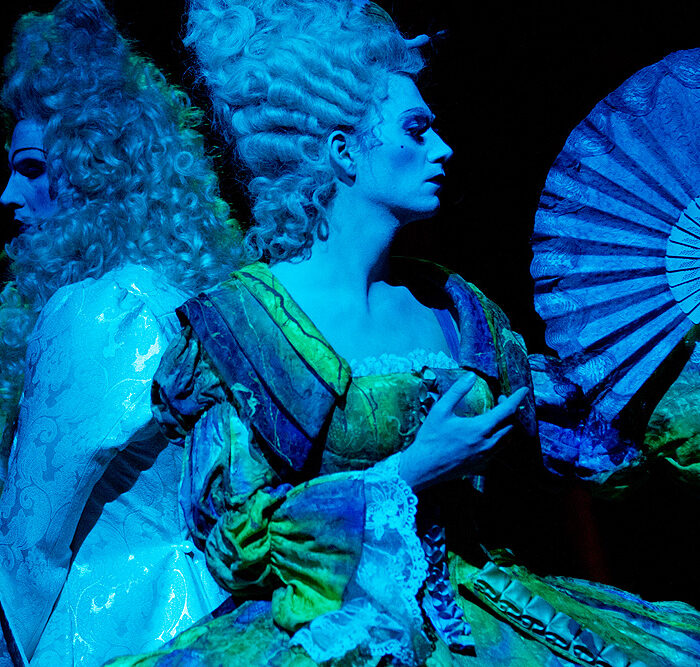
Artist Profile: Montserrat Caballé, A Spanish Soprano of Legends
By David SalazarMontserrat Caballé is one of the greatest Spanish singers of all time.
Born on April 12, 1933 in Barcelona, Spain, she studied at the Liceu Conservatory and graduated with a gold medal in 1954.
She moved to Basel where she made her professional debut in 1956; she became a major part of the company the following year. In 1962, she debuted at her hometown theater, the Liceu and in 1963, she toured Mexico.
In 1956, she replaced Marilyn Horne in “Lucrezia Borgia” at Carnegie Hall and earned a 25-minute ovation. From there she debuted at all the major houses around the world, including the Metropolitan Opera, the Royal Opera House, the Vienna State Opera, Glyndebourne Festival, the Arena di Verona, the Lyric Opera of Chicago, and San Francisco Opera, among others.
She made several opera recordings throughout her year, though she most famously performed alongside Freddy Mercury in 1987. She also performed at a number of sporting events, including the 1992 Summer Olympics. She was also a UNESCO Goodwill Ambassador and earned the distinction of Prince of Asturias of Arts. She was also made a Kammersängerin by the Vienna State Opera in addition to receiving honors from Italy and a number of Honorable Doctorates. The Spanish soprano also won several Grammy awards.
She died on Oct. 6, 2018 in Barcelona.
Signature Role
Can you really pick just one role that Caballé dominated? She was a major proponent of Bel Canto singing, made the Verdi operas her own, but also was well-known as a champion of zarzuela.
But if you had to pick one role, it is impossible to overlook Caballé’s Eisabetta in “Don Carlo” by Verdi. The role challenges sopranos in ways few others do, mainly with the two radically different styles Verdi demands in the two arias that bookend the role. Many sopranos that champion the first aria simply don’t have the resources to get through the second and longer “Tu che la vanita.” But Caballé was the queen of incredible breath support and her interpretations of this very lengthy work were defined by this brilliance of technique.
To top it off, she seemed to have incredible vocal resources to spare at the climax of the opera, where she tended to cover the entire orchestra with a high B throughout the entire coda. Have a listen below.
Read More on Caballé
4 Rare Operas Shared with Sondra Radvanovsky
Watch and Listen
Here are seven hours worth of recordings by the famed singer.
Here’s the “Don Carlo” moment.
Categories
Opera Wiki

